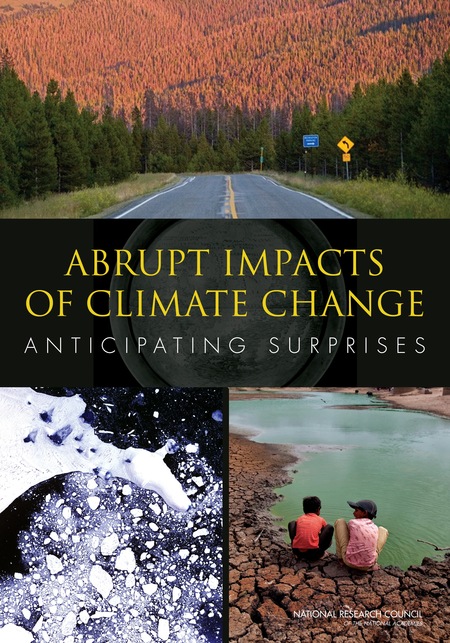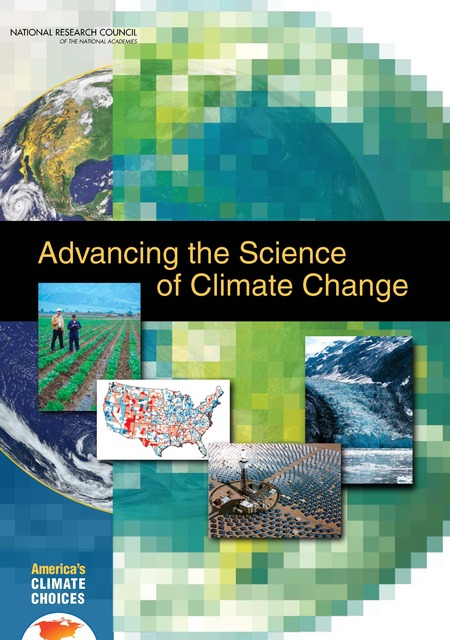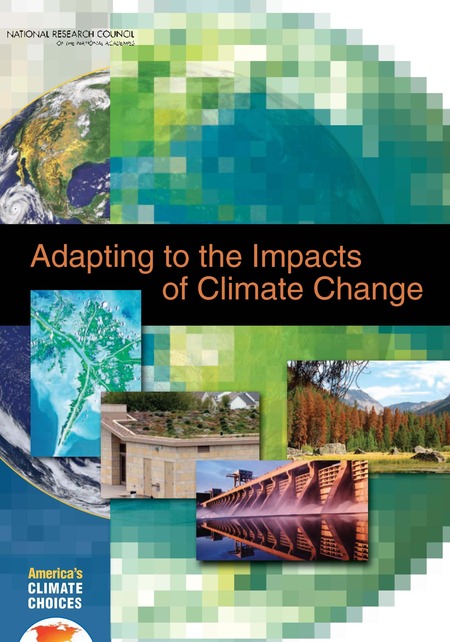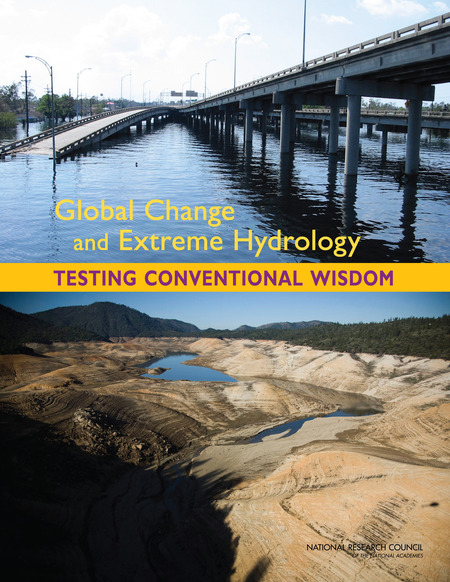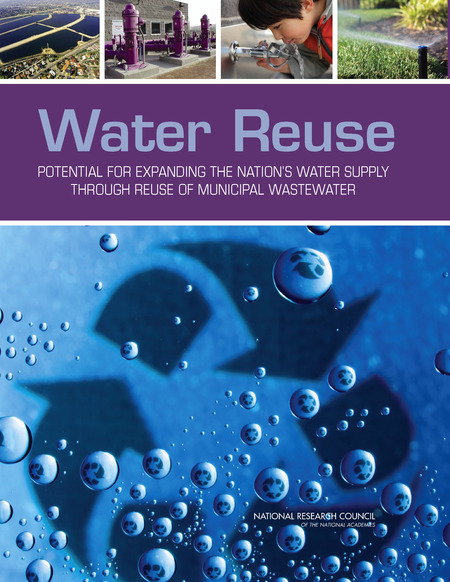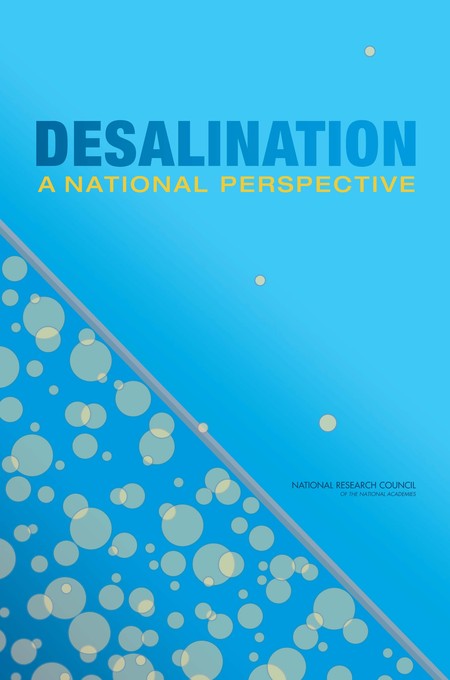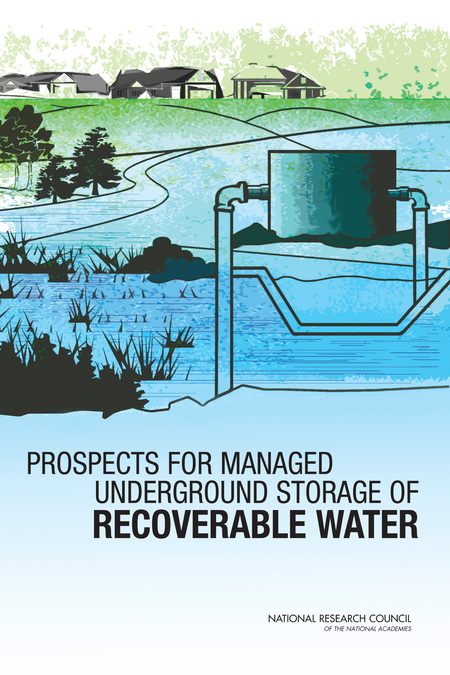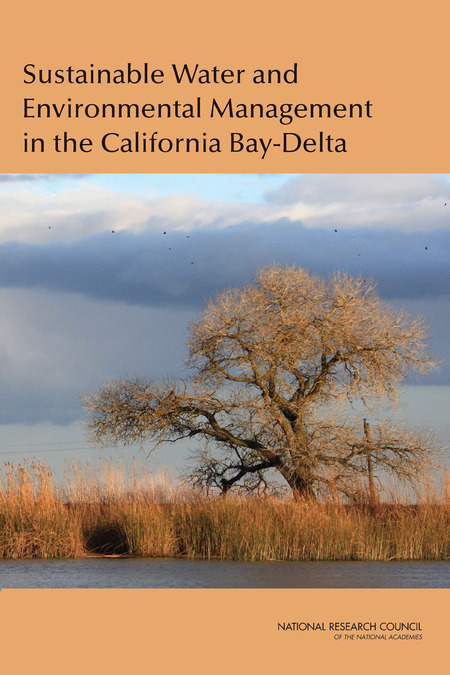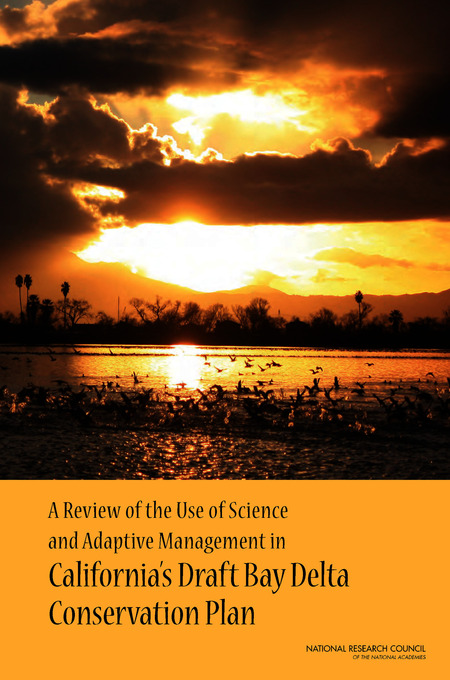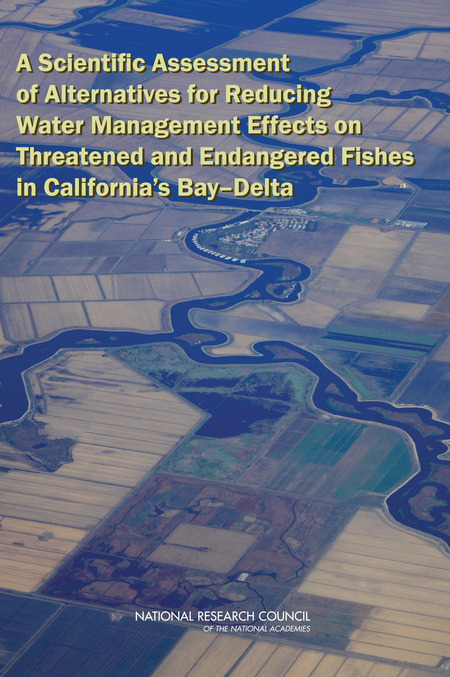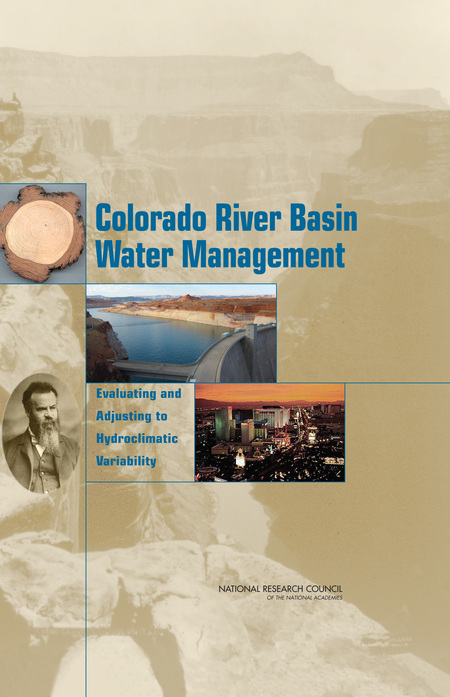After three consecutive years of below-normal rainfall, California faces its most severe drought emergency in decades. This image from NOAA of snow in the Sierra Mountains illustrates how the historic lack of rain has created a water shortfall.
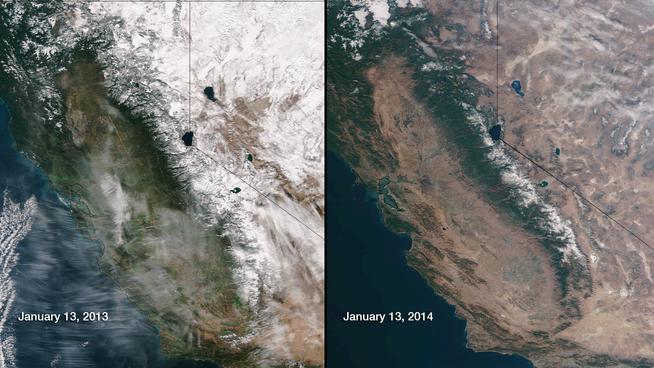
NOAA image
Governor Jerry Brown has called for Californians to reduce water use by 20 percent voluntarily, and mandatory rationing could be ordered soon so that homes, businesses and farms don’t run dry over the summer. California’s drought has far-reaching consequences that include dramatically less water for farms and communities and increased fires in both urban and rural areas.
Does climate change influence drought? What should be done to both provide water and protect ecosystems? Reports from the National Research Council explore these questions. Our resources discuss the science of climate change, consider climate change impacts at community and national levels, and recommend areas for further research. We also have reports that discuss options to provide water by improving water management and promoting water reuse. All are free to download.
Abrupt Impacts of Climate Change: Anticipating Surprises Climate is changing, forced out of the range of the past million years by levels of carbon dioxide and other greenhouse gases not seen in the Earth’s atmosphere for a very, very long time. Lacking action by the world’s nations, it is clear that …
[more]
Advancing the Science of Climate Change Climate change is occurring, is caused largely by human activities, and poses significant risks for–and in many cases is already affecting–a broad range of human and natural systems. The compelling case for these conclusions is provided in …
[more]
Adapting to the Impacts of Climate Change Across the United States, impacts of climate change are already evident. Heat waves have become more frequent and intense, cold extremes have become less frequent, and patterns of rainfall are likely changing. The proportion of precipitation that …
[more]
Desalination: A National Perspective There has been an exponential increase in desalination capacity both globally and nationally since 1960, fueled in part by growing concern for local water scarcity and made possible to a great extent by a major federal investment for desalination …
[more]

